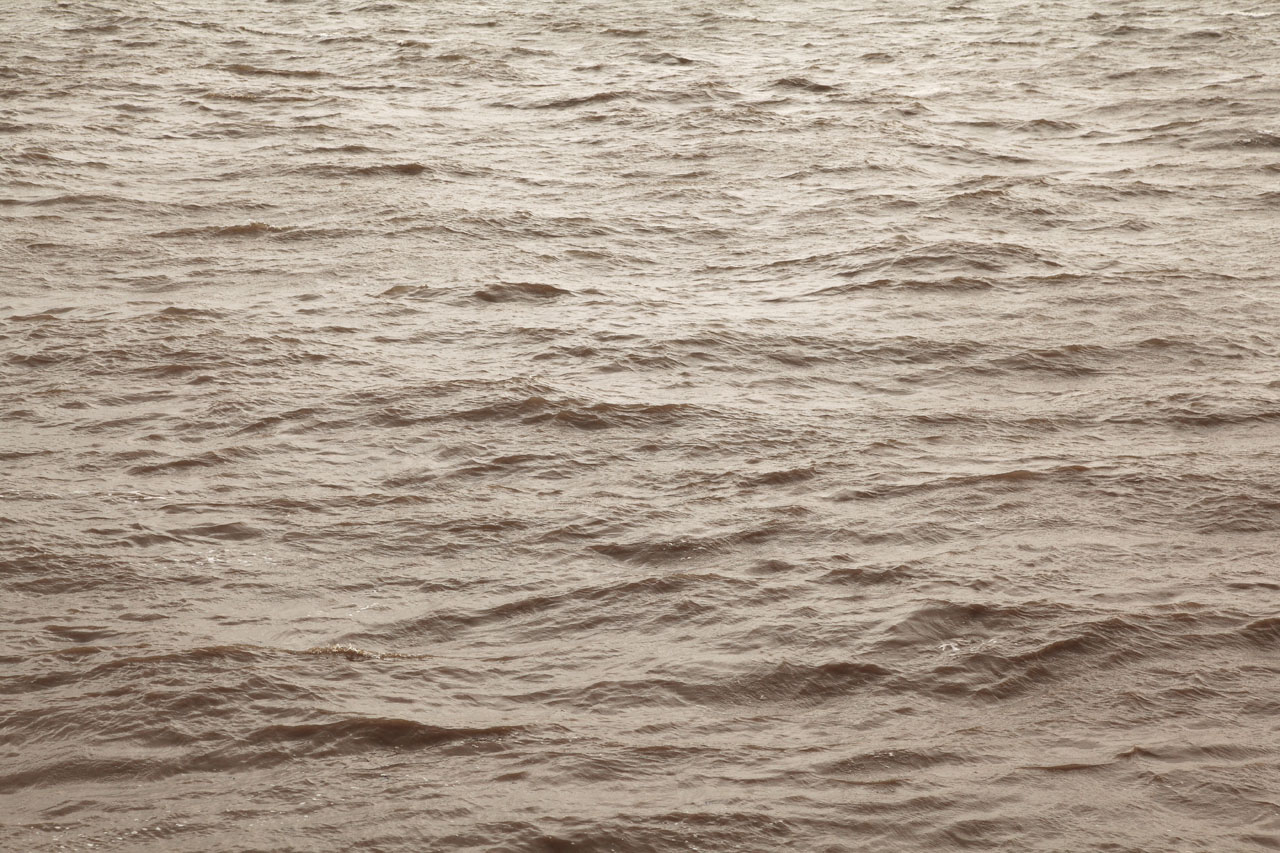Optimarin's new IIOT tool can help crews and managers see when ballast water does not meet the rules.
A new digital compliance system from ballast treatment system maker Optimarin could give a global picture of difficult ports.
The Norwegian company has revealed a new system to add to its and other ballast water treatment systems to allow a link between ship and shore-that can give near real-time performance reports to both the ships crew and to fleet managers ashore.
The company is promoting the tool as an add to the 1200 systems it already has installed on tonnage, saying it can be used to show when a vessel has loaded ballast at ports with turgid or very muddy water, thus reducing the effect of the ultra violet lights that the treatment process relies on.
In this way, says Leiv Kallestad, Optimarin CEO, customers can gather information about those ports which are difficult, as well as whether to perform ballast water exchange after leaving ports.
The Optlink system, as it is called, is connected through a secure IIOT system from Siemens, known as MIndSphere, and will allow owners to gather a fleet wide performance picture if all vessels have the system installed. Optimarin is selling this as a subscription service. The system also sends data to Optimarin which can then use the information o determine and perform services of their systems, sometimes remotely.
Port water problems
Kallestad admits that they will be able to pick up a huge amount of data about port and harbour conditions through the service as and when owners purchase the service and use it.
Many ports and terminals around the world have issues with mud and sediment in their water as they tend to be located in estuaries and river mouths, thus turgidity is a problem. Muddy water is a known issue for ballast water systems that employ ultraviolet light as a way to kill off or render harmless unable to reproduce) organisms in the water.
Ballast water systems are deployed under the ballast water convention due to the spread and continued risk of spread of invasive aquatic species around the world. The rules determine a maximum number of viable organisms in a set volume of water when the ballast is discharged.
There are a large number of ballast water systems now type-approved for use onboard tonnage, with different treatment processes being deployed. Many use ultraviolet lamps to radiate the water as it comes on board, with back flushing and other processes to keep the UV lamps clean.
The Optimarin Optilik system does not test the ballast water as it is discharged for organisms in the water to see whether it is compliant with the convention requirements.
By collecting data of eventual issues in various ports Optimarin could build up a comprehensive picture of ports and terminals where vessels find it difficult to load compliant ballast water whilst discharging cargo. It sould also give a picture of seasonal changes in ports where heavy rains and monsoon conditions could create significant river effluent into estuaries that cause problems.
Optimarin is also looking at using the system to develop a compliance reporting form for vessels to use when they enter port. Under the regulations a vessel needs to keep a ballast water logbook and report any incidences of noncompliance and eventual efforts to become complaint (such as ballast water exchange whilst at sea). Kallestad said that installing a type approved ballast water system such as Optimarin’s onboard a vessel is no guarantee of compliance given the range of water conditions a vessel may encounter so an “install and forget” approach is never a suitable strategy for owners and crew.
Compliance reporting
Optimarin is also looking at using the system to develop a compliance reporting form for vessels to use when they enter port. Under the regulations a vessel needs to keep a ballast water logbook and report any incidences of noncompliance and eventual efforts to become complaint (such as ballast water exchange whilst at sea). Kallestad said that installing a type approved ballast water system such as Optimarin’s onboard a vessel is no guarantee of compliance given the range of water conditions a vessel may encounter so an “install and forget” approach is never a suitable strategy for owners and crew.
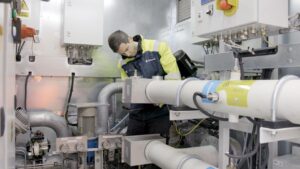
Crew training is a crucial factor for efficient BWTS operations, says Optimarin
Press Release: Improper operation of a ballast water treatment system (BWTS) can result in additional costs, delays and compliance issues..
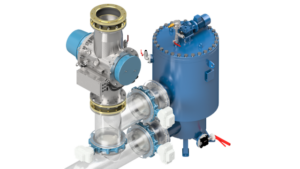
Wärtsilä Aquarius UV takes ballast water filtration to next level with launch of ‘Manta’ filter
Press Release: Wärtsilä Water and Waste’s Aquarius UV Ballast Water Management System (BWMS) is being launched with a completely..
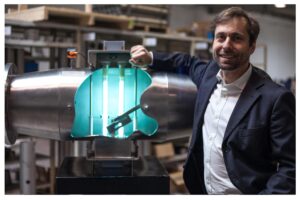
BIO-SEA BWTS developed for US Navy
Press Release: BIO-UV Group is delighted to announce that a BIO-SEA Ballast Water Treatment System (BWTS) designed for the Unites States Navy..

Can ballast water treatment tech be hacked?
Bio-Sea announces cyber security software for its connected treatment systems
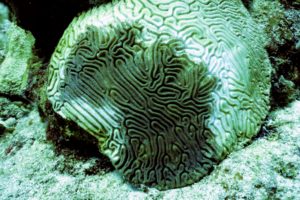
Coral threat calls for more stringent ballast water management
Current ballast water management treatments and testing standards may need strengthening to stop Stony Coral Tissue Loss Disease from..
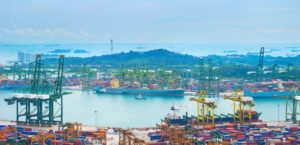
IMO moves ahead on GHG emissions, Black Carbon and marine litter
Press Release: The International Maritime Organization (IMO) in view of the urgency for all sectors to accelerate their efforts to reduce GHG emissions as emphasized























